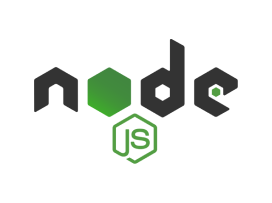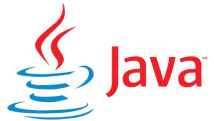ENGINEERING ORDER MANAGEMENT LAST MILE EXTENSION
Engineering Order Management (Last Mile Extension) is a spatial based application designed to facilitate the execution of network orders, network planning, and network deployment. With the interactive mapping feature, users can plan and plot network layouts on a map. This application allows users to mark opportunity areas in the form of polygons which will be the location of network deployment according to plan. Users can also place objects such as physical devices, cables, poles, and manholes on the map according to the plans that have been made. Each object has detailed data about its status, material type and other information. This application calculates the total cost and generates a Bill of Quantities (BOQ) based on the network plan that has been described. With an intuitive drag-and-drop interface, this application improves efficiency, accuracy, and overall network project management.
Features & Function

Spatial Mapping
Allows users to work with interactive maps that visualize areas of opportunity, network layouts, and physical objects.

Network Planning
- Facilitate network planning with a feature to visually depict network plans on a map.
- Users can identify areas of opportunity suitable for network deployment.

Detailed Data Storage
The application stores detailed data about each placed object, including construction status, material type, name usage, and type.

Cost Calculation and BOQ
- Each object or material placed has information about price, quantity and calculation per unit.
- The application calculates the total cost and generates a Bill of Quantities (BOQ) based on the network plan that has been described.

Drag-and-Drop Intuitif
- Users can easily drag and drop objects on the map according to the grid plan.
- Ease of use and reduce manual input time.
Business Objects Covered

Spatial Data

Physical Device

Cable

Network Pole

Manhole and Handhole

Area of Opportunity

Bill of Quantities (BOQ)

Construction Status and imgPaths

Price Information
Application Advantages
- 1
Operational Efficiency
- 2
Clear Visualitation
- 3
Informed Decision Making
- 4
Better Cost Management
- 5
Improved Project Management
- 6
Time and Energy Savings
TechStack
- Frontend

Javascript
JavaScript enables real-time interaction with users, making applications more responsive and attractive.

Node JS
Node JS allow use of JavaScript on both sides (client and server), reducing complexity and the need to learn a new language.
- Backend

Java
Java uses JIT (Just-In-Time) compilation, which results in faster and more efficient performance.
- Database

Neo4j
Neo4j is a graphing database specially designed for managing structured data in graphic form. This allows for a better representation of the relationships between data, which is often found in applications that involve complex connections.

GeoServer
GeoServer is an open source based server software used to share, manage and analyze geospatial data via standardized web services.

Swagger
With Swagger, you can ensure consistency in your API documentation. This makes it easier for development teams working together to understand and use the same API
- Insfrastructure

Linux
Linux can be adapted and configured as needed, providing greater control over the server environment.

NGINX
Web servers like Apache or Nginx are able to handle lots of traffic quickly and efficiently.

Web Server
Web servers like Apache or Nginx are able to handle lots of traffic quickly and efficiently.
- Development Tools

Gitlab
GitLab enables source code management through version control, as well as team collaboration in software development.

Trello
Trello provides an easy-to-understand board view for organizing tasks, workflows, and projects.

OWASP
OASP provides a framework and guidelines for securing web applications from various cyber attacks and security holes.

SSL dan TLS
It can be used for a variety of purposes from form validation to creating dynamic elements on pages.

SFTP dan SCP
jQuery simplifies DOM element manipulation and interaction with JavaScript, saving time and effort in development.

SSH
PUG provides a simple and easy-to-read template syntax, allowing separation between logic and display.
